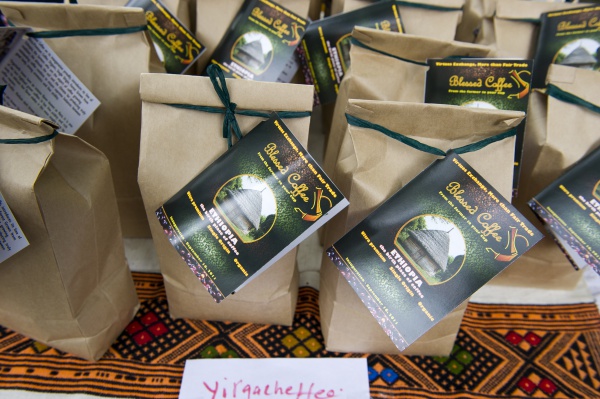Facts About Coffee production in Ethiopia
Ethiopia's coffee production boasts a rich history that spans centuries, with the country recognized as the birthplace of Coffea arabica. Today, Ethiopia holds a significant position in the global coffee market, contributing approximately 3% of the world's coffee. Coffee remains a cornerstone of Ethiopia's economy, accounting for about 60% of the country's foreign income. In 2006 alone, coffee exports generated $350 million, comprising 34% of Ethiopia's total exports for that year.
As the seventh-largest coffee producer worldwide and the leading producer in Africa, Ethiopia has a vibrant coffee culture, with roughly half of its coffee consumed domestically. Most of the coffee production in Ethiopia is still carried out manually, spanning around 4,000 square kilometers of land. The Ethiopian government places a strong emphasis on the coffee industry, which provides 10% of the annual government revenue. The Tea and Coffee Authority oversees the industry, regulating aspects ranging from pricing to market concentration.
Ethiopian coffee is famed for its regional varieties, such as Sidamo, Yirgacheffe, and Harar, each offering distinct flavors and characteristics. The coffee beans are categorized into three types: Longberry, Shortberry, and Mocha, with Longberry being considered the highest quality.
In 2006, Starbucks faced criticism from Oxfam for opposing Ethiopia's efforts to trademark its coffee bean names. After negotiations, Starbucks and Ethiopia reached an agreement in 2007, recognizing and promoting Ethiopian specialty coffee. This deal aimed to benefit Ethiopian farmers and elevate the global standing of Ethiopian coffee.
Ethiopia's coffee industry is not just a crucial economic driver but also a source of national pride, offering unique and high-quality flavors that continue to captivate coffee lovers around the world.

 Eritrea
Eritrea